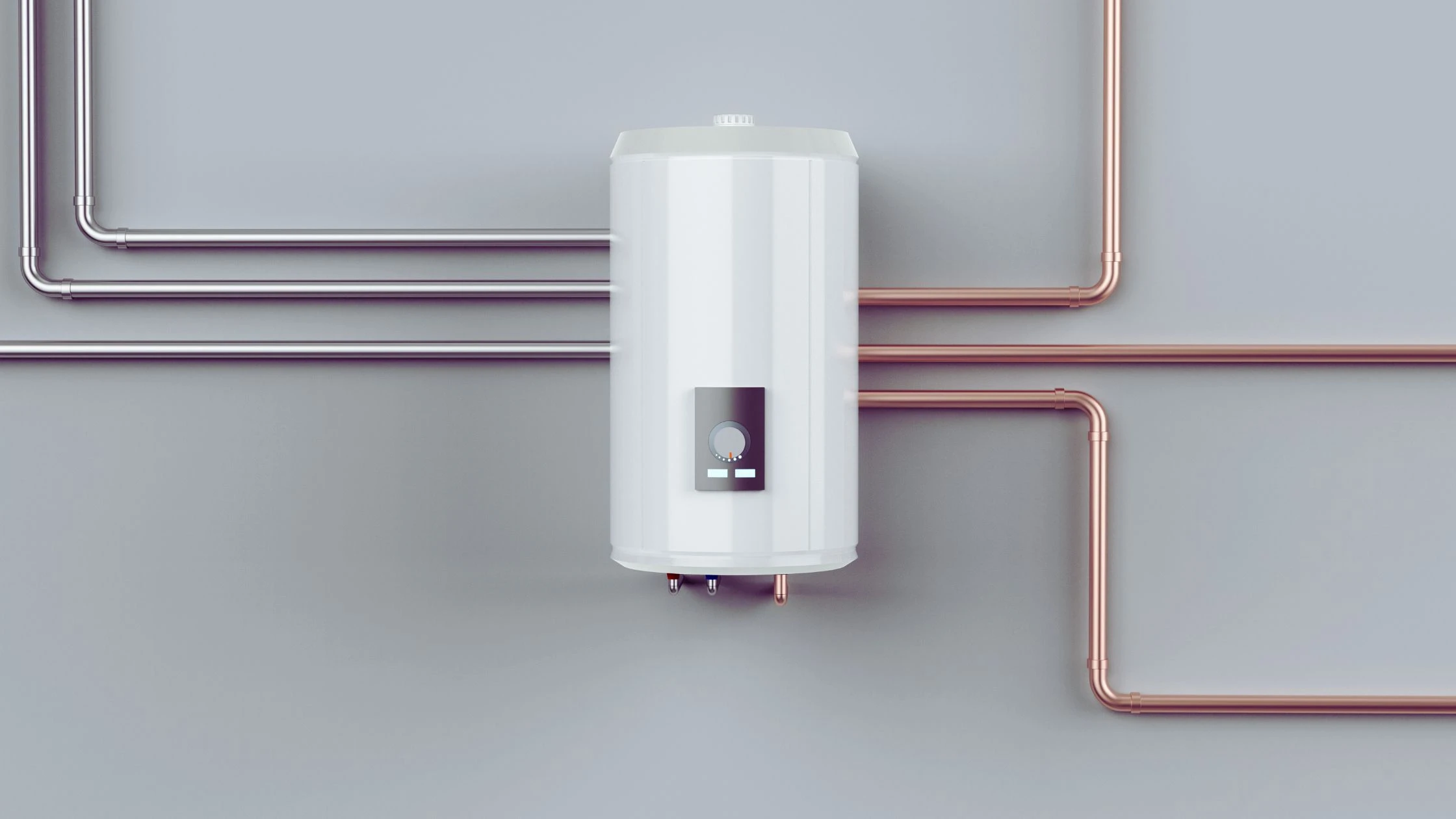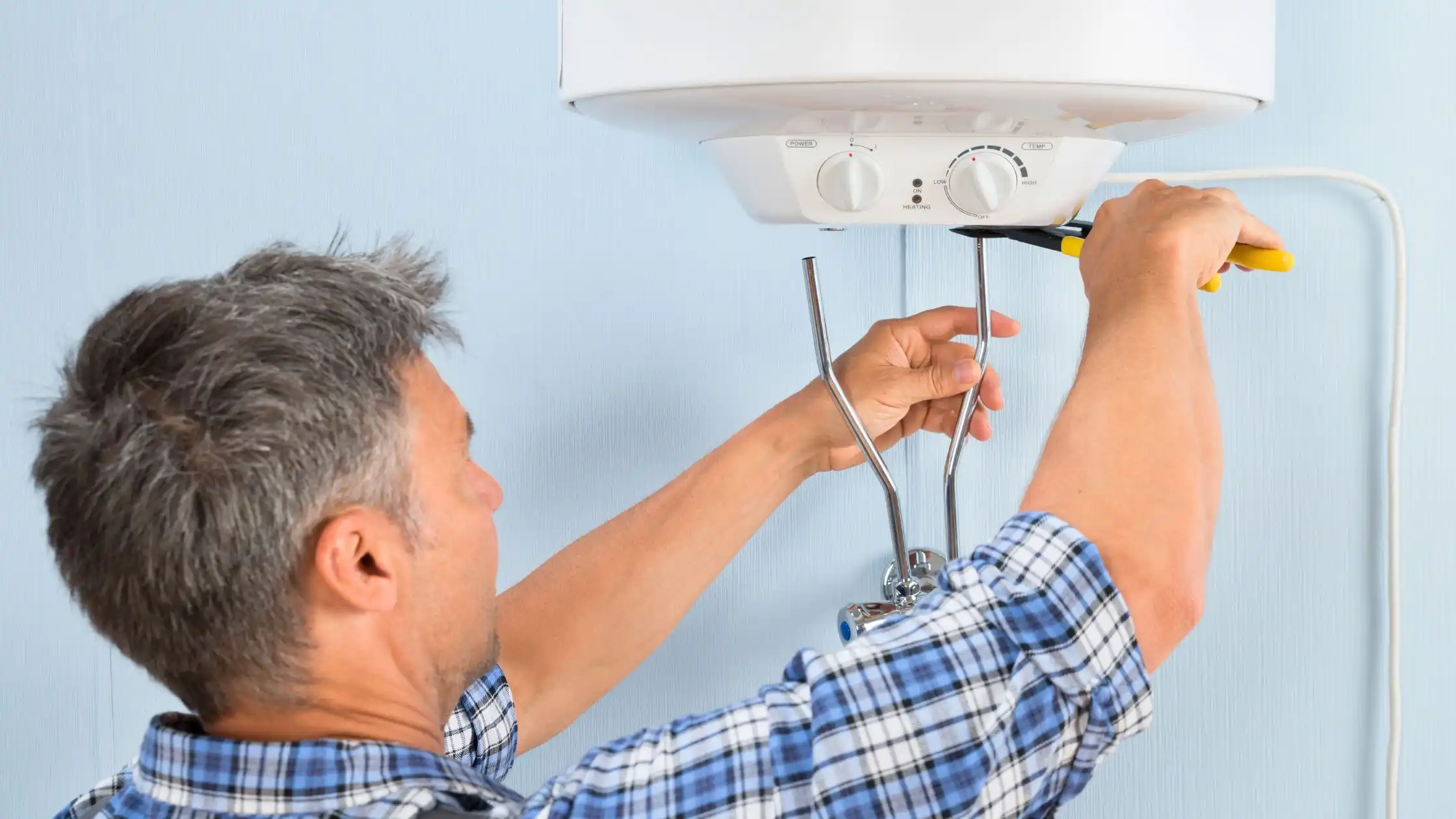When your shower suddenly runs cold, or your water heater develops an aversion to quiet, knowing how to reset water heater can save time, money and discomfort. Whether you have an electric or gas water heater, this guide takes you through the process step by step.
Why Your Water Heater Might Need Resetting
Normally, when water heaters turn off from a safety shutdown, you must reset the unit. Common reasons include:
- Protection triggered due to overheating
- Power surges or outages
- Thermostat issues
- Fluctuating temperatures due to sediment buildup
- Tripped circuit breaker
Knowing why your water heater needs to be reset will help you fixing it in the future. Let’s get into the reset for electric and gas models now.
Safety First: Before You Begin
So where to start with water heater maintenance? Before you do anything, consider these tips:
- Disconnect power supply of electric water heaters on the circuit breaker
- For gas water heaters, switch the gas control valve to the “OFF” position
- Let the water sit for 30-60 minutes.
- Use gloves if you need to
This protects you from any possible shocks or burns that can come from electrical fires.
How to Reset an Electric Water Heater
Unlike gas water heaters that will go out when the pilot light goes out, electric water heaters have a reset button explicitly for this reason. Here’s how to use it:
Step 1: Get to the Reset Button
- Find the access panel on your water heater (typically close to the top)
- My inclination was to remove the insulation with care
- Find a little red reset button on the thermostat
Step 2: Push the Reset Button
- Hold down the red button until you hear a click
- Wait longer for the water to cool if the button doesn’t stay pressed
- Reinsert or install insulation and access panel
Step 3: Reconnect Power and Test
- Turn on the circuit breaker
- Let the water heat up (1-2 hours is standard)
- Test hot water at a faucet
If the water heater trips again within a few moments of resetting, you may get a more significant problem that needs attention coming from a professional.
How to Reset a Gas Water Heater
Gas water heaters don’t have a reset button like electric ones, but they do have a reset process:
Step 1: Reset the Gas Control Valve
- Find the gas control valve (typically at the bottom of the tank)
- Rotate the valve until it is stopped at the “OFF” position
- Wait for 10 minutes for gas to clear
- Turn the valve to “PILOT”
Step 2: Relight the Pilot Light
- Hold down the pilot button
- Ignite the pilot light with a long lighter
- Press and hold the button for 30-60 seconds
- Release the button and see if the pilot stays lit
Step 3: Return to Full Functioning
- Set the gas control valve to “ON”
- Set your desired temperature
- Listen for the main burner to light
- Wait for water to heat (30-60 minutes)
Troubleshooting Common Reset Problems
If your water heater won’t reset or keeps tripping:
Electric Water Heater Issues
- Repeated trips (after reset): May be the sign of a defective thermostat or heating element
- No power after reset: Circuit breaker and wiring inspection
- The reset button will not remain pressed: High-temperature or defective thermostat
Gas Water Heater Issues
- No pilot light: Ensure there are no gas blockages; clean pilot tube
- Pilot has light, but won’t stay lit: Thermocouple may be bad
- No hot water after resetting: Gas control valve might need changing
When to Call a Professional
Although resetting your water heater is usually a DIY job, there are times that you need to call in the pros:
- Water leaking from the tank
- Visible rust or corrosion
- Several unsuccessful attempts at a reset
- An acrid burning smell or strange noises
- Soaphylactinned for hot water: reset successful
A licensed plumber can identify underlying issues and make repairs safely.
Preventive Maintenance Tips
To reduce the need for future resets, follow the below practices;
- Flushing your water heater regularly (once a year is fine) prevents brown stuff from building up on the bottom of the unit
- Inspect the anode rod every two to three years
- Pressure relief valve testing annually
- Add insulation around your older water heaters for efficiencies
- Make sure to keep the space around your water heater clear
Regular maintenance helps your water heater last longer and perform better.
Conclusion
Resetting your water heater is an essential skill that brings hot water back into your home in no time. With these steps however, and an understanding of when it’s necessary to contact a professional, you can maintain your heater and prevent unexpected cold showers.
Also, while resetting usually fixes temporary issues, repeated problems can mean an impending repair or replacement. With careful maintenance and upkeep, your water heater should reliably serve you for many years.









